Months back, a Nigerian Law School graduate was denied access to the venue of the call-to-the-bar ceremony as she demanded the need to grant approval for the use of Hijab among Muslim law graduates.
Firdaus Amasa, a graduate of the University of Ilorin, had been denied access to the ceremony after insisting on wearing hijab during the ceremony.
Ms. Amasa was specifically refused entry into the hall for insisting to wear the wig on top of her Hijab.
But in Iran the Hijab story is having a twist. And perhaps Nigerians can learn a thing or two from it.
It was the quietest protest Iran has ever witnessed. Vida Movahed, a thirty-one-year-old mother of a toddler, stood atop a large utility box on Tehran’s busy Enghelab Street and removed the hijab head covering that all women are required to wear by law. Her jet-black hair cascaded far down her back. She then tied her white scarf to a stick and, as shoppers scurried beneath her on a busy thoroughfare, silently waved it like a flag. She stood there waving, alone, for an hour.
Thus began the so-called Girls of Revolution Street protest, on December 27th, and with it Iran’s most robust debate about both women’s rights and religious restrictions in the four decades since the fall of the Shah. Photos and videos of Movahed’s defiance soon went viral. Other young women, individually and in small groups, began to follow suit, posting their pictures on social media and generating new hashtags in Farsi (#دختران_خیابان_انقلاب, which translates to #girls-enghelab-street) and in English. Movahed apparently chose the venue deliberately. “Enghelab” means “revolution” in Farsi. The street was renamed after the 1979 uprising against the monarchy; after the women’s protests, it took on a new meaning. The new demonstrations of dissent spread to the historic city of Isfahan, the Caspian resort town of Rasht, and beyond.
“The message is very clear and very specific—that women want to be able to choose if they wear hijab or not,” Nasrin Sotoudeh, a female human-rights lawyer in Tehran, told me, by phone on Wednesday. “This is a civil-disobedience movement. Women know what the laws of the land say about hijab, and, based on that, they chose to protest.”
By law, all females above the age of puberty must wear a head covering. The rule applies to foreigners, including female heads of state who visit Tehran. On one of my early trips to the Islamic Republic, shortly after the Revolution, I was in the lobby of the former Hilton hotel talking with an Iranian professor when a woman in a billowing black chador swept by us. She gave me the eye and then walked over to speak to a waiter serving afternoon tea and cakes. He draped a white cloth over his left arm, put a little pink card on top of a doily, on a plate, and headed in my direction.
“The Islamic Society kindly seeks your considerate observance of its customs in promotion of mutual respect,” the pink card read, in English. “To further our good relations, we respectfully request your observance of Islamic dress during your stay with us.” It turned out my head scarf had slipped, revealing several inches of my hair.
The civil language belies a strict legal code. Since the protests began, twenty-nine women have been arrested for taking off their head scarves, according to the government. Movahed was reportedly held for a month and then released on bail last week. The disappearance of Iran’s new human-rights heroine triggered its own where-is-she hashtag.
Narges Hosseini, who was arrested on January 29th, after a similar protest on Enghelab Street, now faces charges of “committing a sinful act” and “violating public prudency,” and also of “encouraging immorality or prostitution.” The charges carry penalties of as much as a decade in prison. She is being represented by Sotoudeh, the human-rights lawyer. Sotoudeh said that Hosseini refuses to express remorse. “She objects to the forced hijab and considers it her right to express her protest,” Sotoudeh said. “Ms. Hosseini is being held in difficult circumstances in Gharchak Prison, but she is not prepared to say she is sorry.” Hosseini’s bail was set at a hundred and thirty-five thousand dollars.
Iran’s prosecutor-general, Mohammad Jafar Montazeri, initially dismissed the protests as “childish” and “trivial.” He blamed foreign instigation. “We have a population of about eighty million people, and the vast majority of our women either wear the chador or have an appropriate hijab,” he said. “Those who committed these acts did it mostly out of ignorance.”
Yet some parts of the government are apparently paying attention. This week, President Hassan Rouhani’s office released a government report, originally written three years ago, showing that nearly half—49.8 per cent—of Iranians polled, both women and men, favored making the hijab an issue of choice rather than compulsion. The report, compiled by the Iranian Center for Strategic Studies, a research arm of the Presidency, signalled that Rouhani at least supports more public debate.
“The issue resonates widely and is generating discussion among the Iranian political élite about how a large segment of the population is unhappy about restrictions, not just about hijab but about women’s equality,” Hadi Ghaemi, the executive director of the New York-based Center for Human Rights in Iran, told me. “It is further propelled by a global moment of women’s-rights activism.”
Sotoudeh, who was herselfsentenced, in 2011, to six years in prison on charges of “spreading propaganda” and “harming state security,” for her defense of human-rights activists, told me that she believes the President “wants to be on the side of those who favor choice.”
The new female civil-disobedience campaign—which overlapped with weeklong protests last month over price hikes, unemployment, and corruption—gets at the heart of what has been a fundamental division in Iranian society since the 1979 revolution. The broader political debate has always been about a revolutionary society’s core identity: Is the Islamic Republic first and foremost Islamic, dedicated to imposing the rigid strictures of Islamic law? Or is it first and foremost a republic, in which people’s individual rights take priority over religious law? The question triggered the early split between dedicated hard-liners and the country’s reformers and centrists. It has spilled over into political, social, and economic life for four decades. Now Iran’s feisty young women have stepped into the debate.
Some men have even joined in. The Iranian writer Hossein Vahdani tweeted, “How glorious and meaningful it would be if these young women held the key to the liberation of this land from dictatorship.”
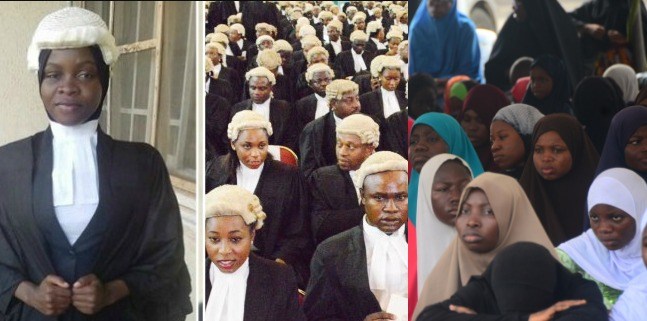
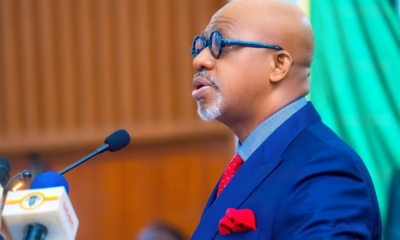





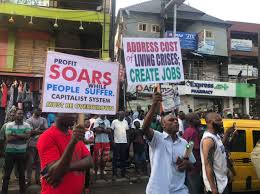

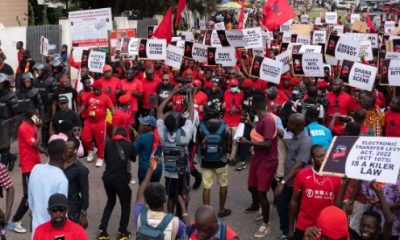


 Uncategorized1 week ago
Uncategorized1 week ago
 Business1 week ago
Business1 week ago
 Business7 days ago
Business7 days ago
 Politics3 days ago
Politics3 days ago
 News4 days ago
News4 days ago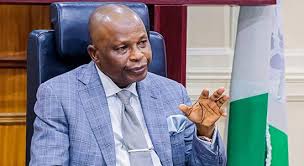
 Latest5 days ago
Latest5 days ago
 Crime5 days ago
Crime5 days ago
 Business5 days ago
Business5 days ago
